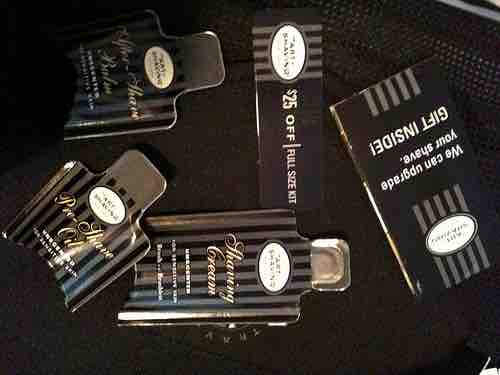Sampling Defined
During the product promotion process, sampling involves providing a sample of a consumer product to consumers so that they may try said product before committing to a purchase. A free sample, or freebie, is a portion of a product (i.e., food or makeup) given to consumers in retail stores or other outlets. Sometimes samples of non-perishable items are included in direct marketing mailings . The purpose of a free sample is to acquaint the consumer with a new product, and is similar to the concept of a test drive, in that a customer is able to try out a product before purchasing it.

Product Samples
Samples are either free handouts, trial sizes, or coupons for consumer products provided to consumers in the hope that they will eventually purchase the product.
Many consumer product companies now offer free samples through their websites, to encourage consumers to regularly use the products and to gather data for mailing lists of potentially interested customers. The expansion of online marketing with regards to promotional giveaways has facilitated the rise of "freebie websites" that seek to aggregate all promotional free sample offers in one place. These sites will often compile free product samples from all over the web and categorize them by type. Some product sample offers may require consumers to complete a survey or refer a friend in order to qualify for the freebies. Additionally, the advent of the "social graph" and the realization that consumers more and more take cues from each other's reviews, has opened up a new branch of sampling called Social Sampling.
It is also possible to purchase products in small "trial size" containers. This is common with toiletries such as shampoo. Samples may also be loaned to the customer if they are too valuable to be given for free, such as samples of a countertop or of carpet to be used for remodeling.
Effectiveness of Sampling
While placement and word of mouth impact future purchases, sampling can create an almost immediate impulse purchase. According to the Product Sampling Study by Arbitron, sampling successfully reaches 70 million consumers every quarter, and one-third of customers who try a sample will buy the sampled product in the same shopping trip, and 58 percent of those surveyed reported that they would buy the product again.
Improved Product Sampling
The success of a sampling program for a new product introduction is dependent on sound planning of overall project objectives and selection of the best distribution technique, sample design, and packager. Marketers who are considering sampling their next product introduction should define the objectives of the sampling program. Procedures and timetables should be established to correspond with the sampling program, with the overall promotion of the product in mind. There are a number of popular sampling techniques:
- Coupons in pages of newspapers or magazines
- Supermarket or department store distribution
- Direct mail
- Door-to-door
- Distributing samples in public places
- Co-op gift pack programs
- and attaching samples to retail packages
The distribution technique will not be totally effective unless it is accompanied by a proper sample design, which should have maximum visual impact and identification with the full-size package.